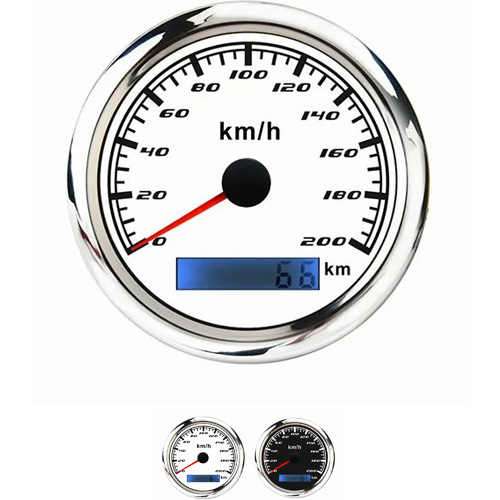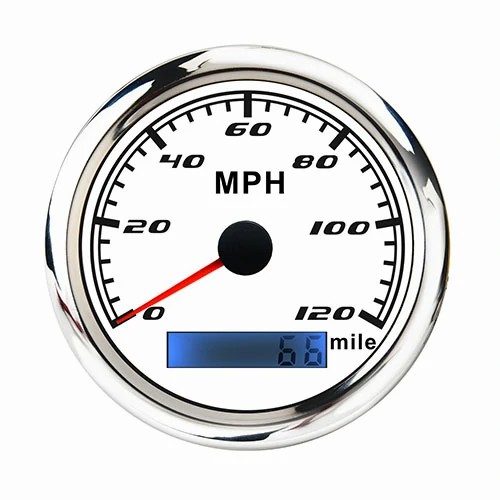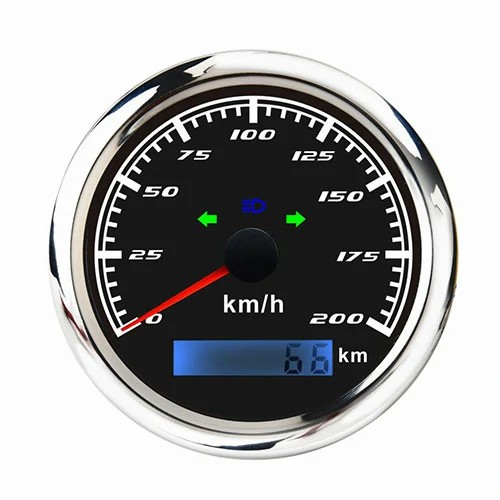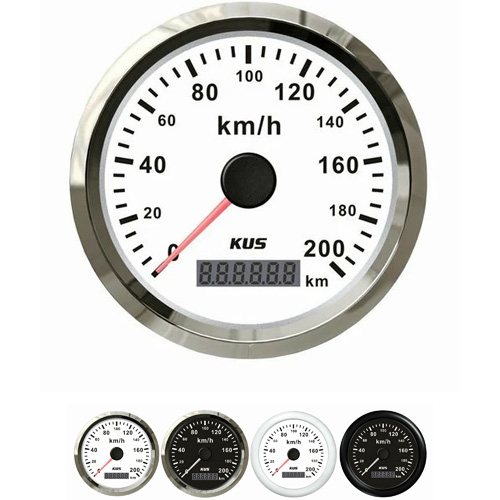how to check speedometer
Speed indicating device:
The speed indicating device is based on the electric signal (voltage signal or pulse signal) sent by the speed sensor and the parameters such as the outer circumference of the drum. After processing, the driving display device indicates the vehicle speed in km/h. Speed alarm device: The speed alarm device is set up to determine whether the error of the speedometer is within the acceptable range. Generally, there are three types:
a) Use the test bench alarm device to indicate and detect the speed of the vehicle.
When the actual driving speed reaches a specified value (such as 40km/h), the alarm device light will be on or the buzzer will sound to remind the driver that the vehicle has reached the detection speed. Pay attention to observe whether the speedometer indication value in the cab is within the qualified range (The qualified range is 38km/h~48km/h);
b) Use the green area painted on the indicating instrument to indicate the qualified range of the error between the indicated value of the speedometer and the actual vehicle speed. During the test, when the indicated value of the vehicle speed reaches a certain detection speed (such as 40km/h), observe the indicated value of the speedometer on the test bench at the same time. Whether it is within the qualified green zone (such as 37.3km/h~42.1km/h):
c) An alarm device equipped with the above two devices at the same time. Checked vehicle preparation:
The preparation of the inspected vehicle is as follows:
a) Adjust the tire pressure according to the regulations of the manufacturer;
b) Remove water, oil, mud and stones embedded in the tread grooves on the tires.
Detection method. The detection method is as follows:
a) Turn on the power supply of the test bench;
b) Raise the lifter between the rollers:
c) The vehicle under test drives into the test stand with its longitudinal centerline perpendicular to the axis of the roller, so that the wheels with vehicle speed signals are placed on the roller;
d) Lower the lifter until the tire is completely separated from the lifter support plate;
e) For the sake of safety, no one is allowed to stand in front of the vehicle, and a block is used to hold the wheel outside the roller of the test bench;
f) Analyze the results according to the measured data against the relevant standards;
g) After the test is over, lightly step on the brake pedal of the car to stop the rotation of the drum. For the motor-driven test bench, the power supply must be cut off first;
h) Raise the lifter, remove the block, and drive the car away from the test stand; i) Cut off the power supply of the test stand.
 English
English 






Get a Quote / Info